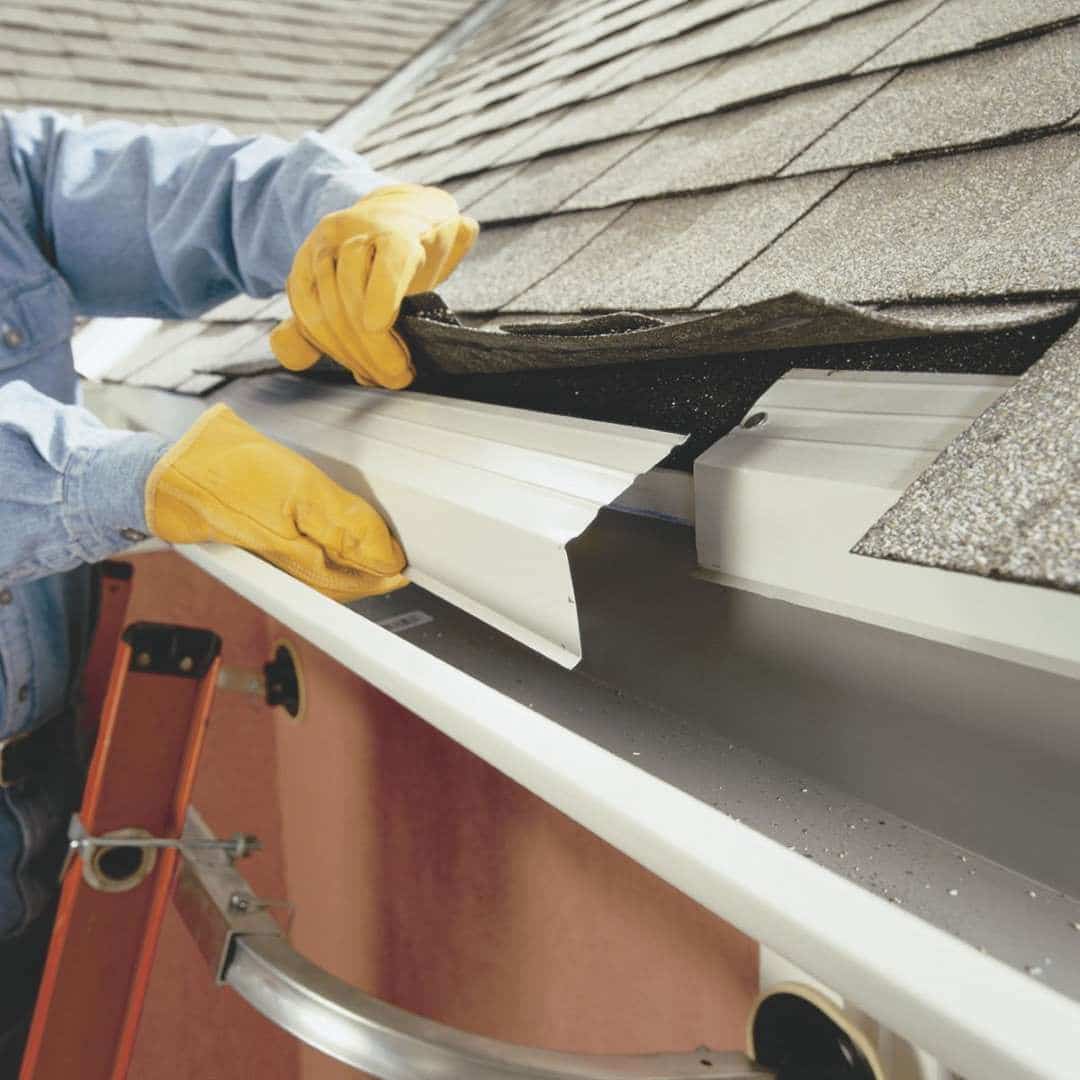
Installing drip edge is an important part of the roofing process. Be sure to overlap the drip edge at the corners and at the end of each run. Once the drip edge is cut to size, nail it into place using roofing nails. Next, cut the drip edge to size using a metal shears or a saw. First, measure the length of the drip edge needed for each section of the roof. Installing drip edge is a relatively easy process. Drip edge also provides a finished look to the roof. It is used to direct water away from the fascia board and the edge of the roof.

Read their reviews on HomeGuide and Google.Īvoid the cheapest quotes that may signal low-quality work standards.Īsk for a copy of an itemized estimate and the warranty.Drip edge is a metal flashing that is installed along the edges of a roof. Verify that they have a valid contractor’s license.Īsk if they are part of roofing organizations like the NRCA.įind a licensed, insured, and bonded company with several years of experience. Finding and hiring a roof repair contractorīefore hiring a roof repair company near you, be sure to:Ĭompare three or more in-person estimates.

Thicker drip edges are best for roofs in high-wind regions. The recommended gauge of drip edge is a 24- to 36-gauge thickness, depending on the material, local climate, and local building codes.

What is the recommended gauge of drip edge? The overhang length is 2” to 6” on average. How long is a piece of drip edge?Ī piece of drip edge is 5’ to 12’ long, depending on the material and manufacturer. Variations of these standards apply in hurricane-prone areas. The vertical drip-edge face should hang down more than 0.25 to 0.50 inches over the roof edge. How much overlap should drip edge have?ĭrip edges should overlap 2 to 4 inches onto the roof, depending on local building codes. Measure the total length and add 10% for overlapping pieces and wastage. You need a drip edge in the same length as your roof’s perimeter, or the total gutter length. Retrofitting new drip edges on an existing roof is less effective, increases labor time, and adds roof-leak risks.
#INSTALLING DRIP EDGE ON ROOF INSTALL#
Install a drip edge when replacing the roof or during re-roofing. However, roofing pros still recommend a metal roof drip edge for extra protection against water damage. You don’t always need drip edge for metal roofs with overhangs longer than 1”, according to building codes. You do need a drip edge on all roofs with gutters in most states to: A drip edge sends rainwater from the wooden roof framing into the gutters to protect the roof. What is a drip edge on a roof?Ī drip edge on a roof is the metal or plastic PVC flashing that covers the top of the roof’s end. Most drip edges must go under the roof underlayment, but rake edges go over the roof underlayment. Retrofitting drip edge onto an existing roof costs $3 to $7 per linear foot for labor, depending on if the bottom shingles need replacing. The labor cost to install a drip edge is $1 to $2 per linear foot during a roof replacement or new roof installation. Installation methods – Some drip edges need mounting on top of additional furring strips to direct roof runoff into the gutters. Upgrading gutters – Gutter replacement costs $6 to $17 per linear foot. Gutter maintenance – Gutter cleaning costs $100 to $250 on average. Gutter leaks – Gutter repair costs $100 to $450 on average. Repairing eaves – Fascia and soffit replacement costs $9 to $34 per linear foot.įascia and soffit repair costs $500 to $2,600, depending on the condition and repair method.Įxtra roof damages – Roof repair costs $300 to $1,400 on average for fixing a leak, replacing shingles, or additional flashing repairs. new installs – Putting new drip edge on existing roofs costs 3 times as much as drip edge installation during roof replacement. Materials – Aluminum and steel cost less than copper.ĭrip edge type – Prices vary for specialty drip-edge colors, types, and shapes. Roof layout – Multi-story homes, steep roof pitches, and complex roof designs increase labor costs.

Roof size – Large roofs need longer drip edges, increasing costs.


 0 kommentar(er)
0 kommentar(er)
